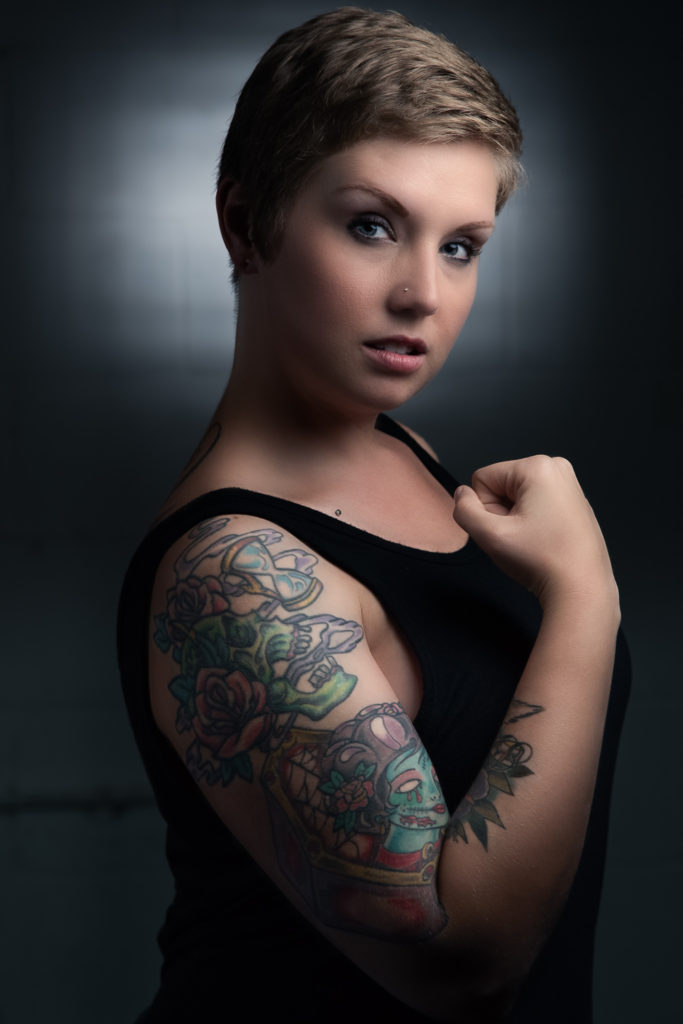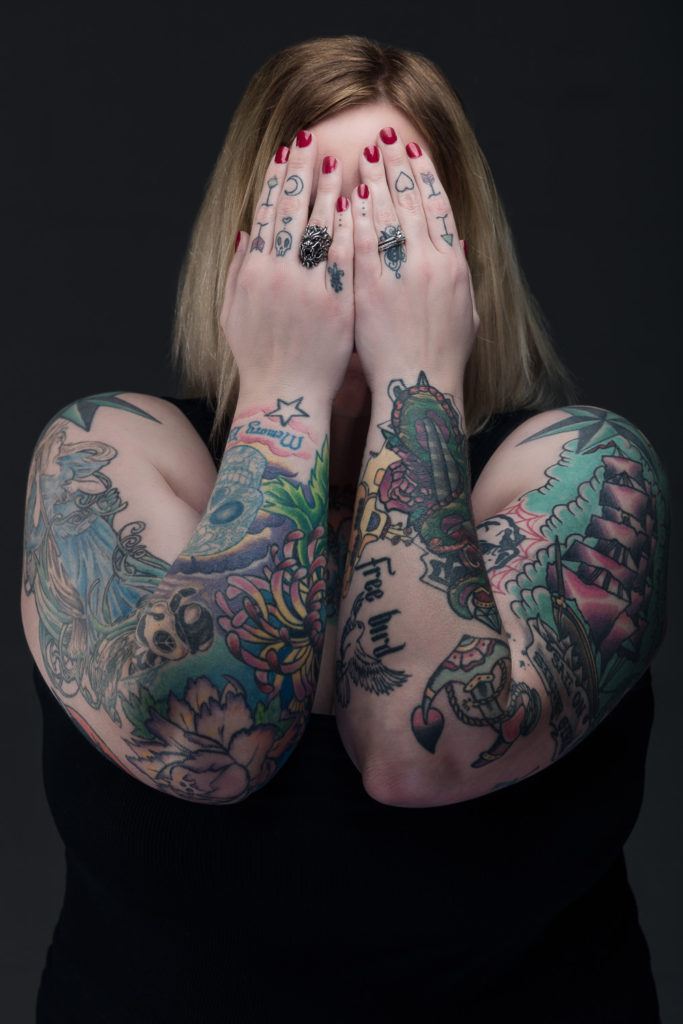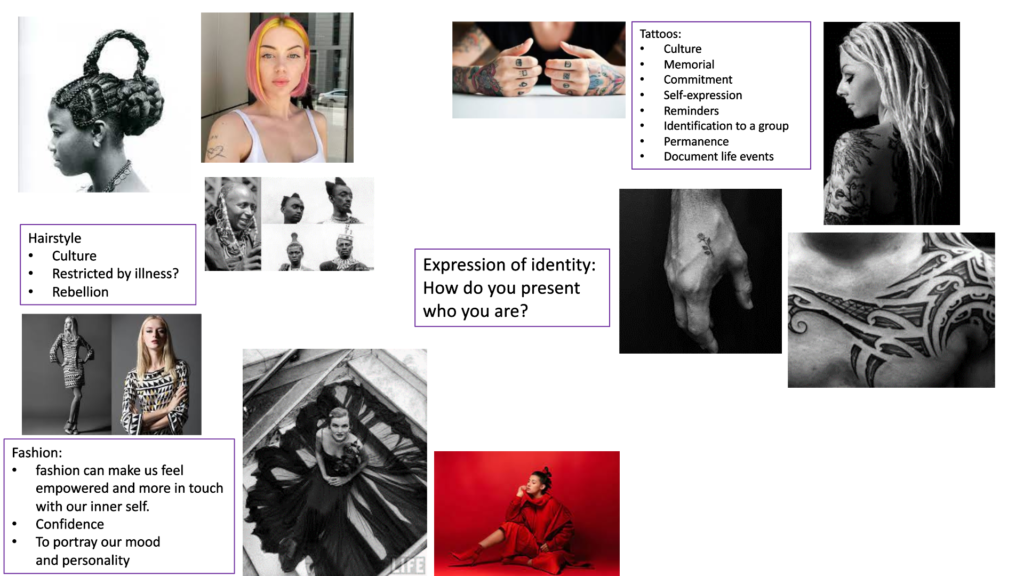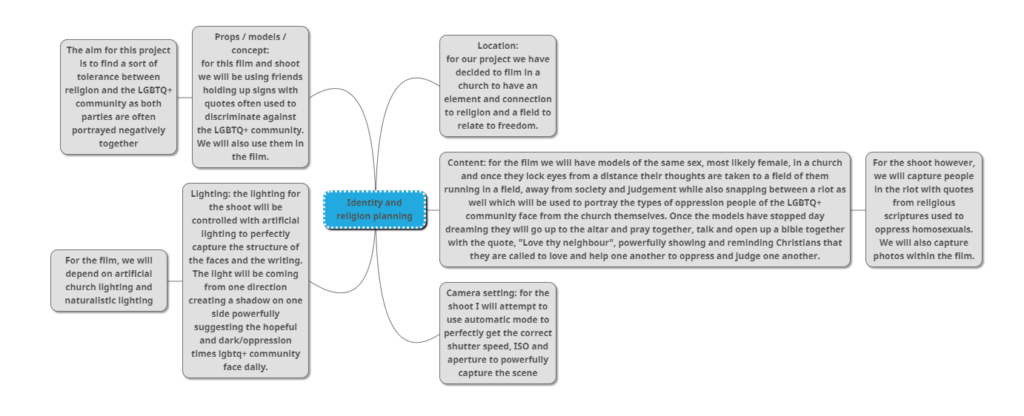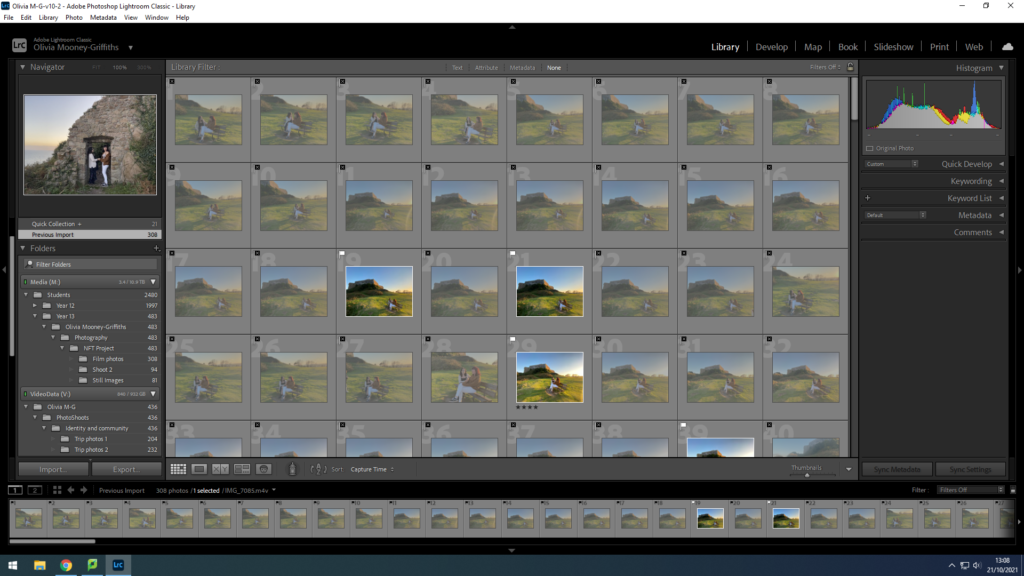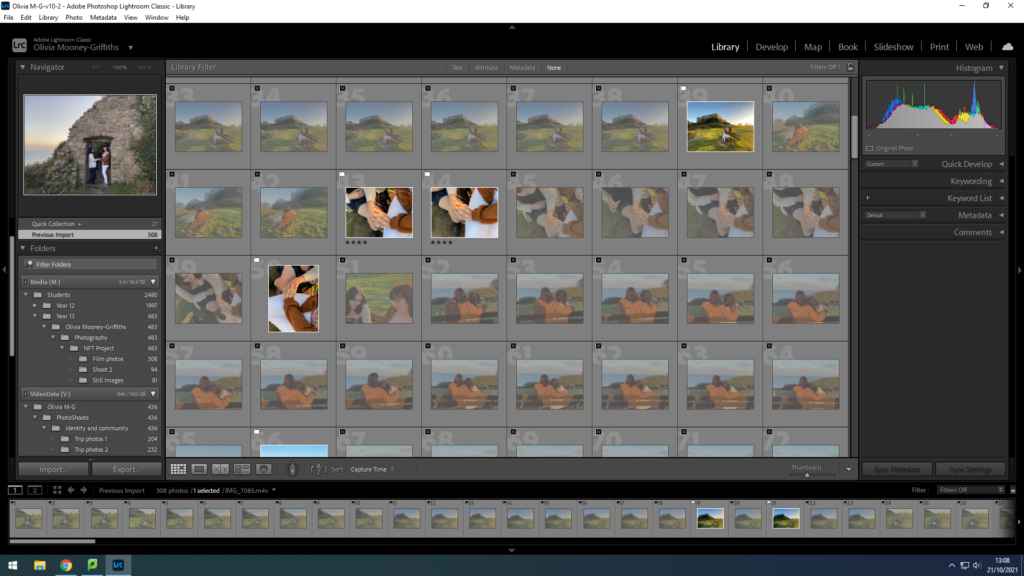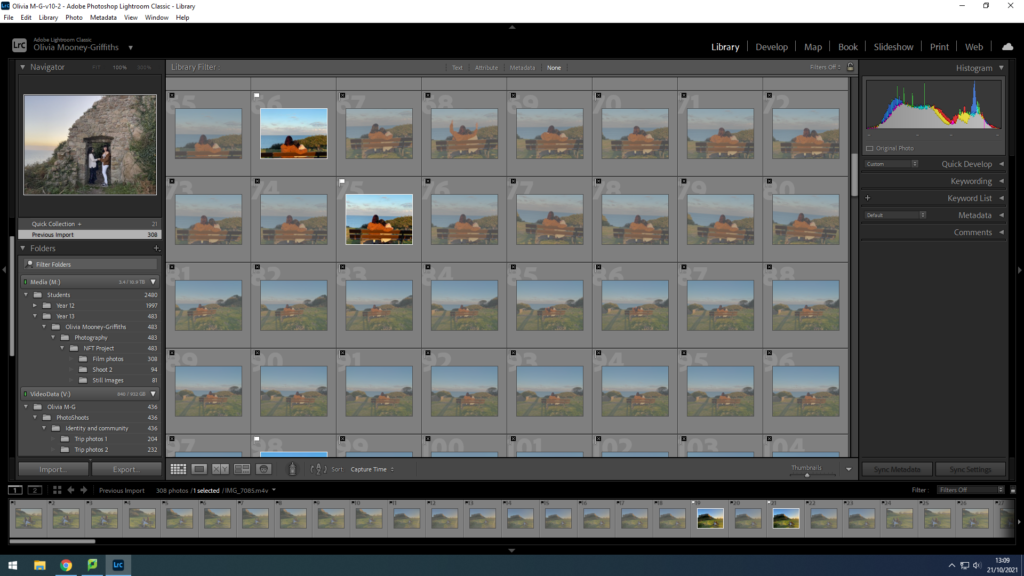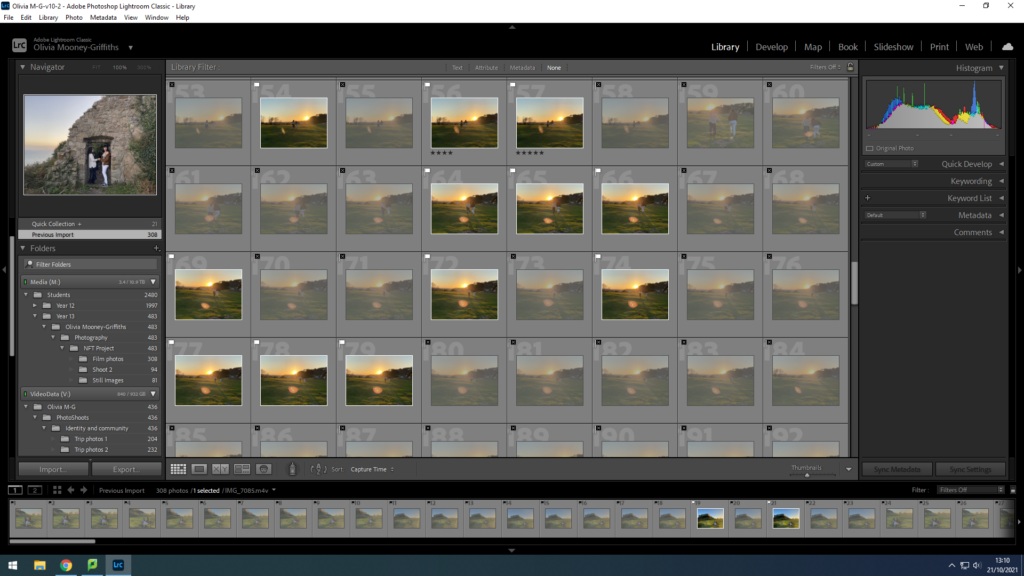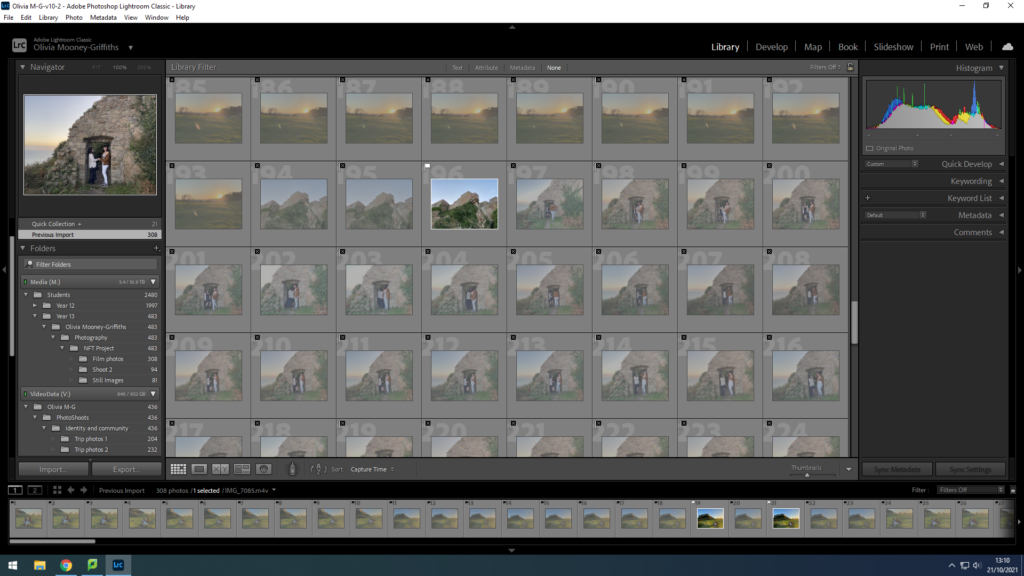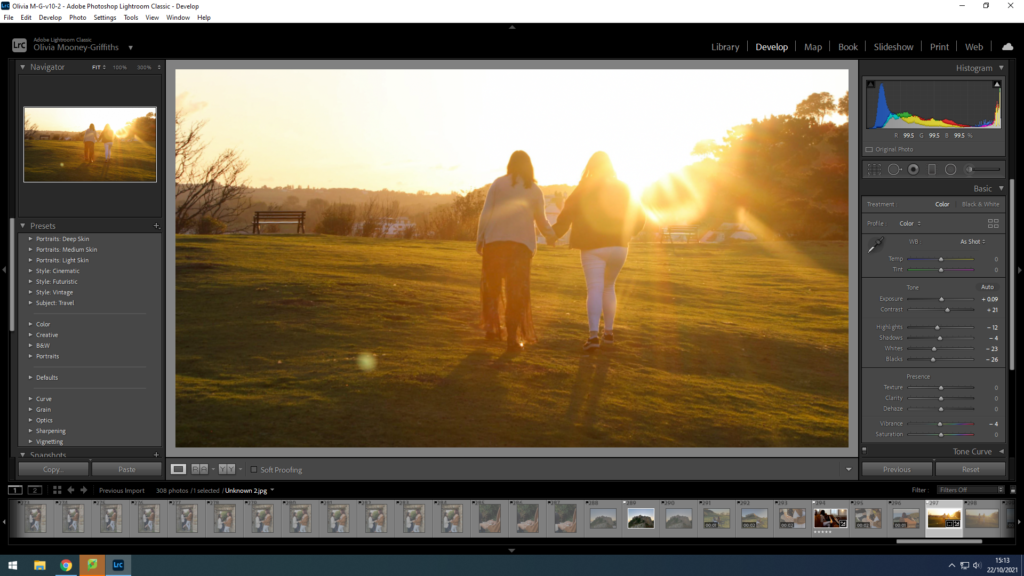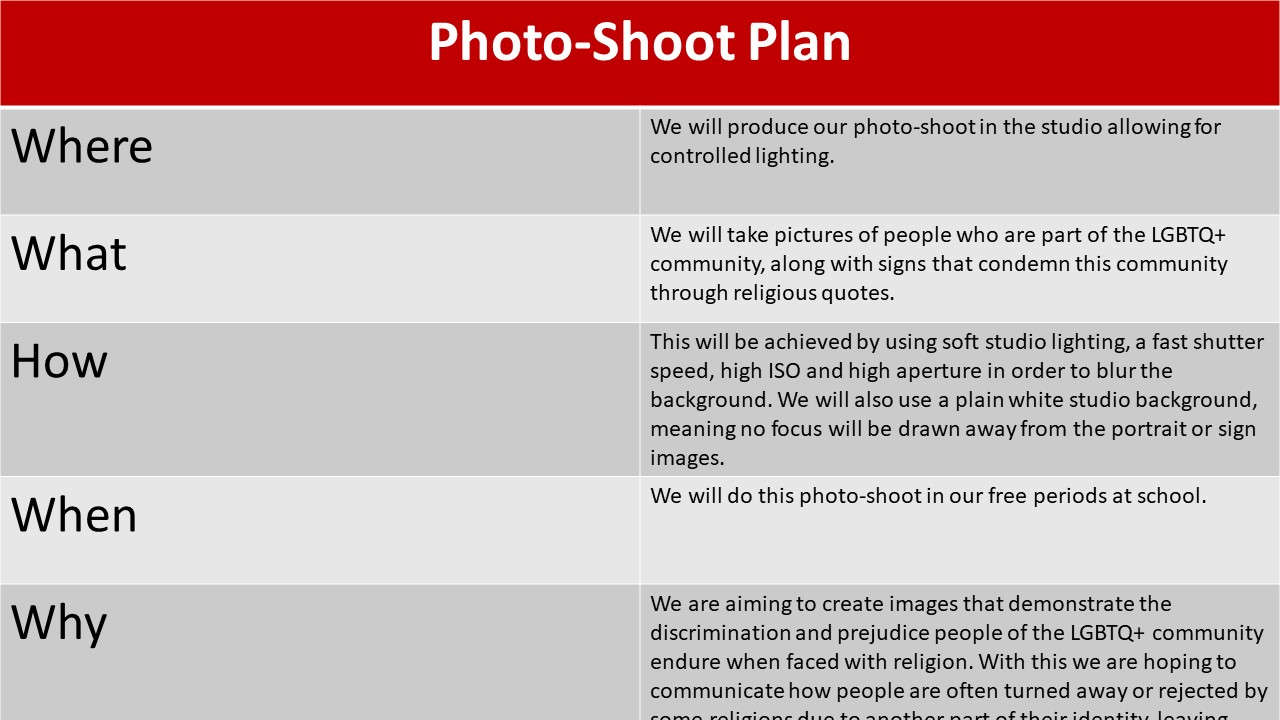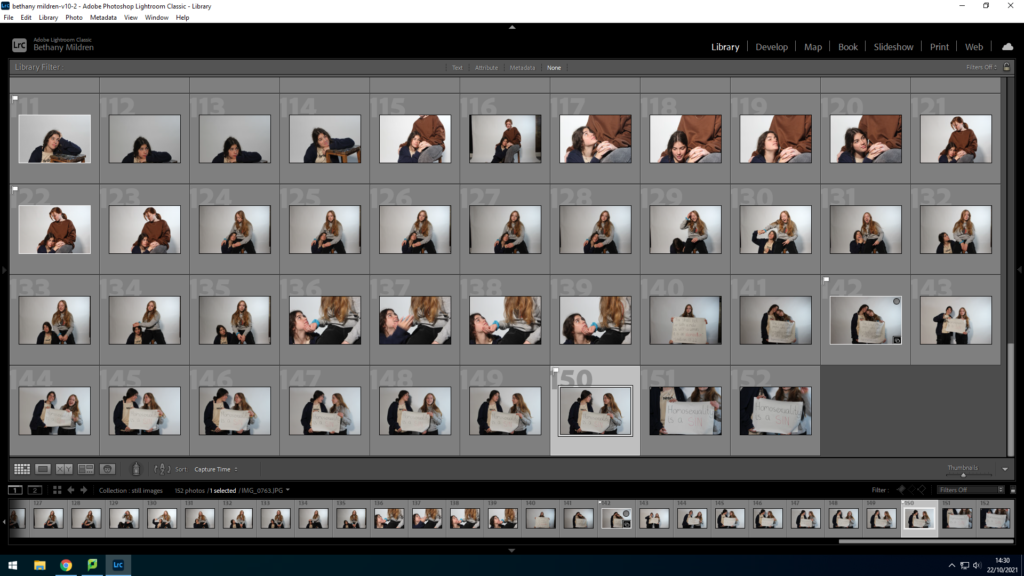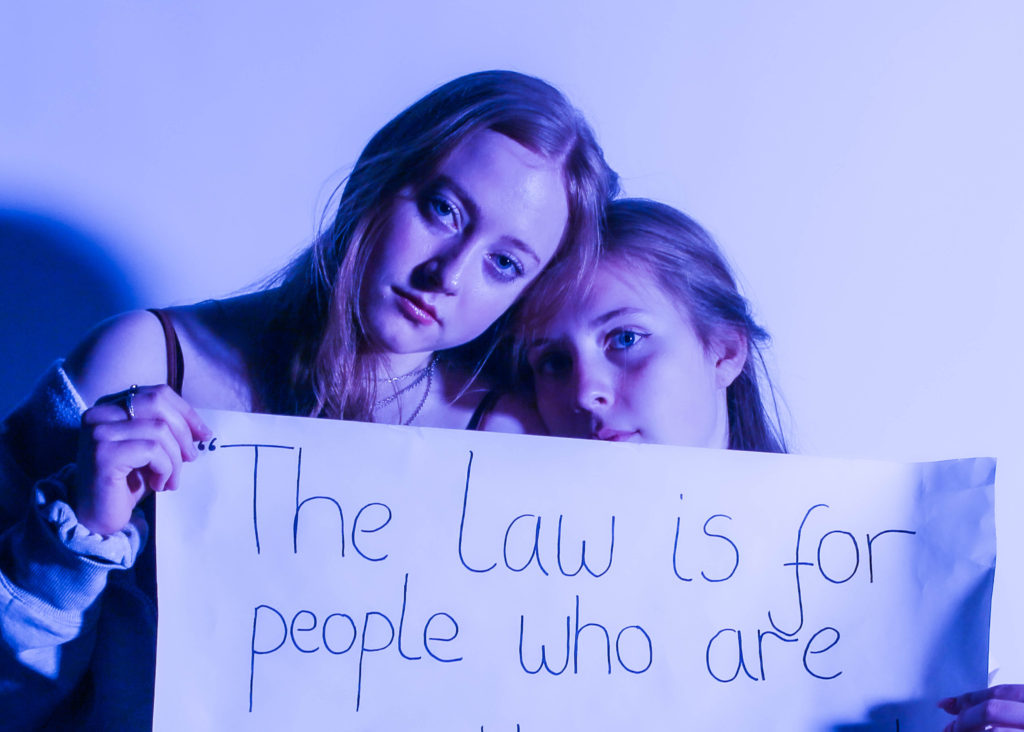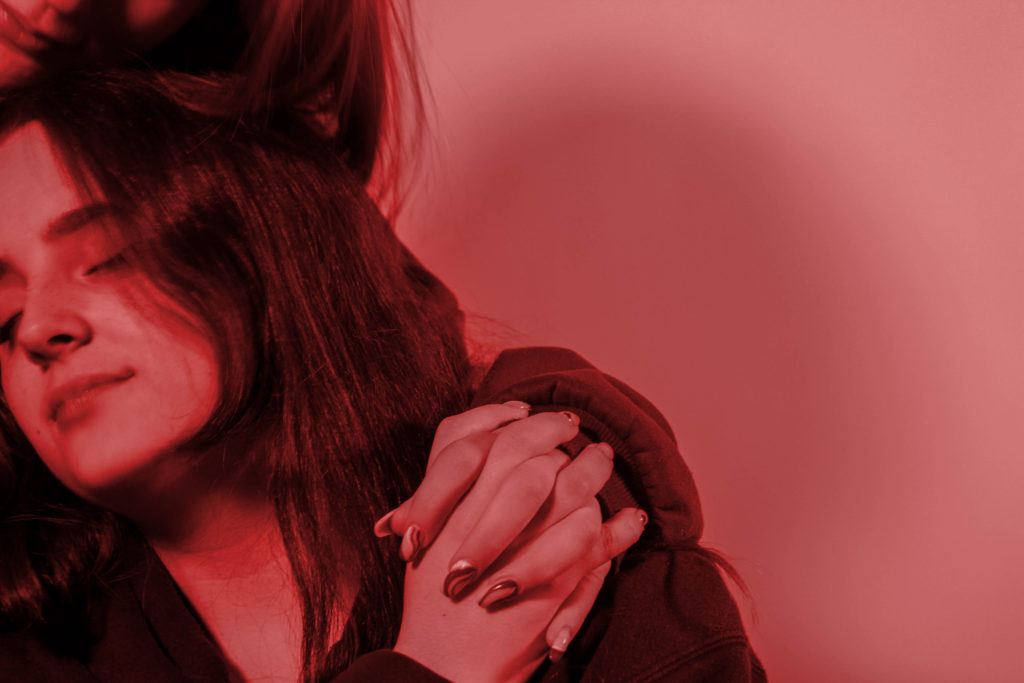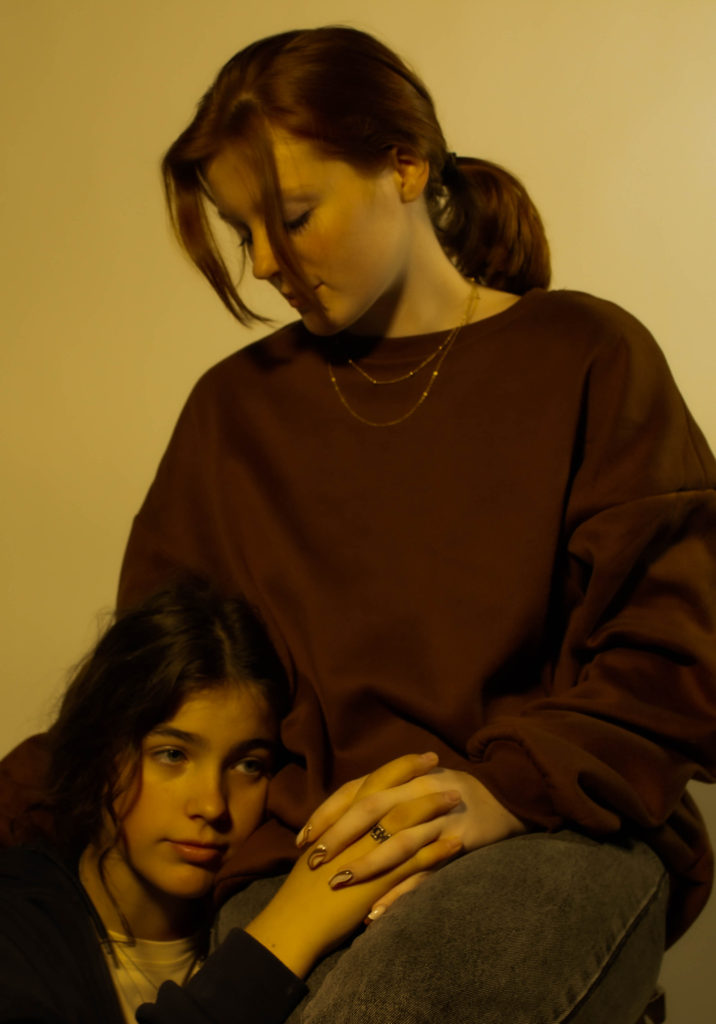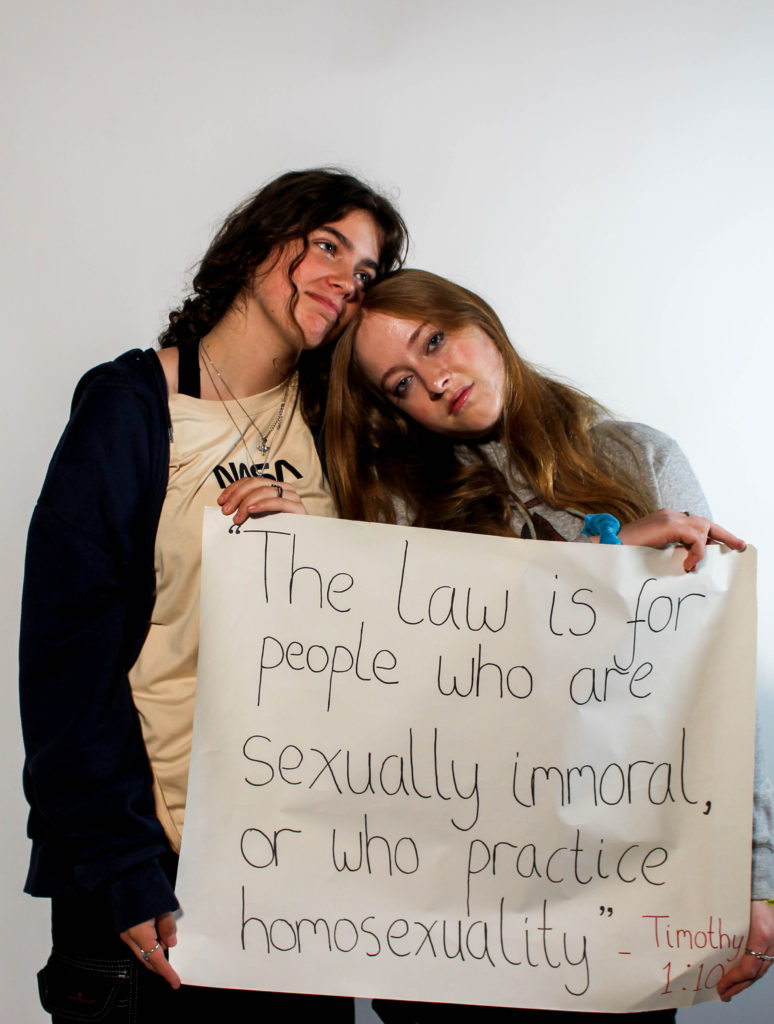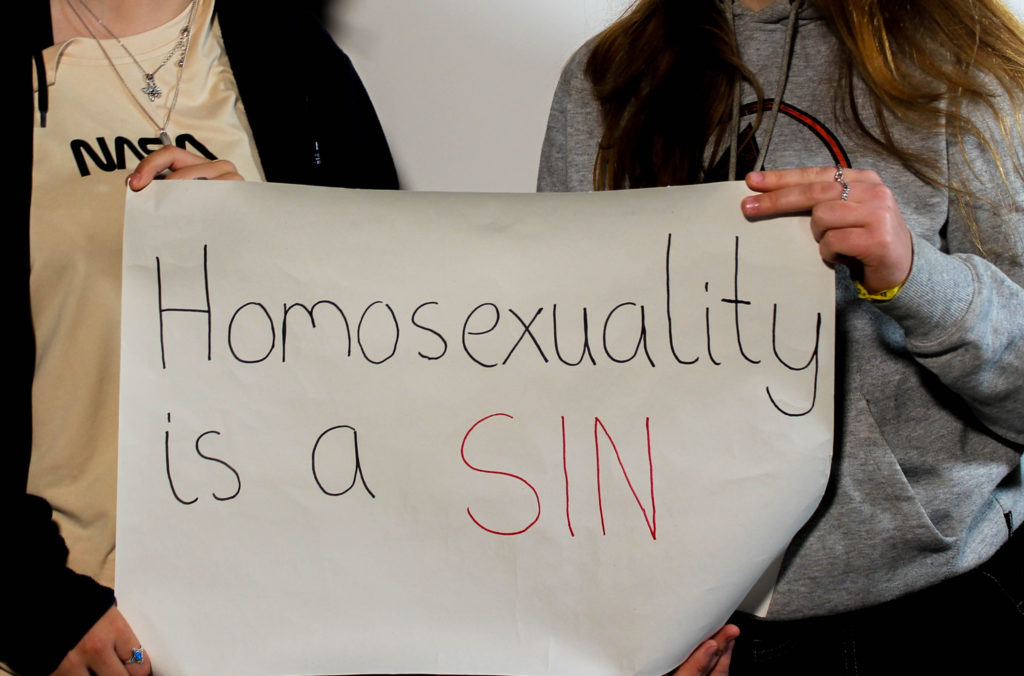Alexander is an American photographer from Louisville, with a degree in philosophy, he turned to photography after realizing he would need a creative outlet along side his career in corporate.
‘Since picking up a camera, I’ve worked with numerous magazines to highlight, document, and promote individuals within the community, businesses, and over 100 restaurants. I’ve completed several projects which have been featured on websites such as The Phoblographer, won several awards, and in 2016 I became a semi-finalist for Adorama’s Top Photographer reality show competition.’
Danny has completed several projects including the year long 52 Portrait Project and, more recently, a tattoo portrait series entitled Skin as Canvas. Of which Danny calls an “intimate representation of some aspect of that person’s life.” He started this project due to finding body art and those who dedicate their bodies to it fascinating. The idea of permanently modifying their bodies for art and offer this intimate insight that is on display to the public. ‘I wanted to highlight this in the series by removing all other possible tells of that person’s character, like clothing and environment, and have the viewer look past just the aesthetics of tattoos and try to decipher its meaning.’
Image Analysis

This photo by Alexander demonstrates model with an aline spine tattoo as the main focus.
The light source is positioned in a way to extenuate the tattoo and draw the viewers attention to the focus. The little soft lighting seen gives an unusual innocence that isn’t usually associated with tattoos, challenging the negative view points and allowing the subjectivity of body art.
The studio lighting causes a contrast as it allows the photographer to move and angle the light however he wants. Lighting only on the tattoo represents the darkness of space around the solar system and how broad it can be / how small we are to our surroundings beyond earth. This could possibly be a reflection of how we see others around us and how we don’t know the depth of all the identities around us.
As the model is wearing all black clothing, it leaves viewers focus to the tattoo. This also means that the dull clothes give no insight to the viewer seeing their personalities or styles, leaving tattoo meaning up for interpretation by the viewer. This gives the opportunity for them to connect to the model based on the own interpretation and therefore viewing it more personally.


